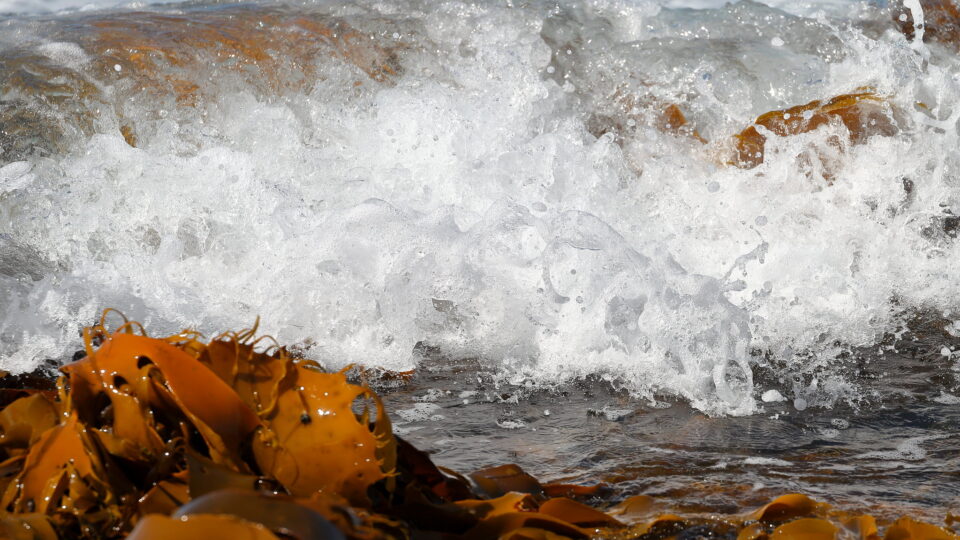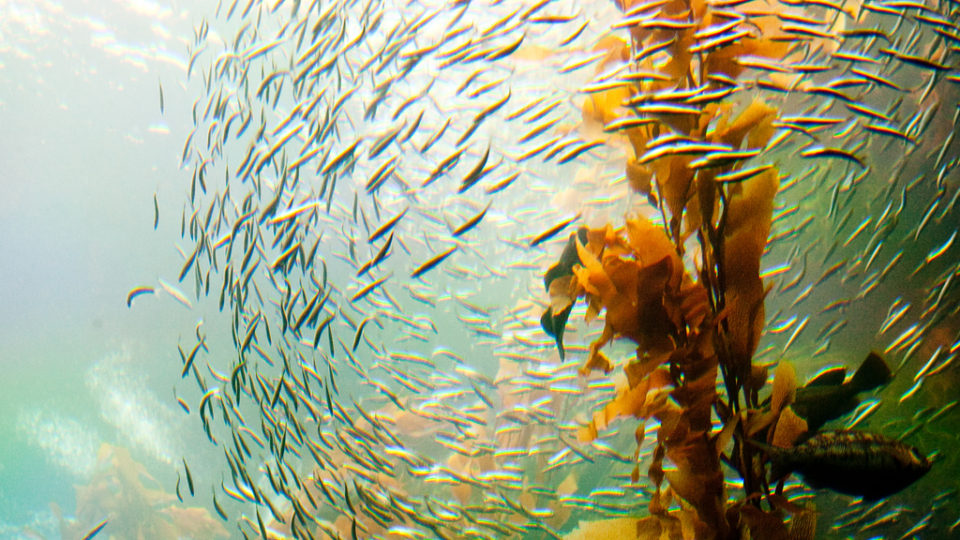The warming of the oceans has been causing the decimation of kelp forests. The thick canopies covering coastal ocean regions have been wilting in warmer and nutrient-poor water. Making matters much worse has been the explosion in population of sea urchins that thrive in warmer water. The urchins gobble up the kelp, often resulting in so-called urchin barrens, largely devoid of life.
Kelp are considered a foundation species that occupy nearly half of the world’s marine ecoregions. They thrive in cold water, where they form large underwater forests that provide essential habitat, food, and refuge for many species. Kelp are often harvested for use in products ranging from toothpaste and shampoo to puddings and cakes. Including the other services kelp provide, they are associated with billions of dollars in value annually.
On the North American Pacific Coast, a species of sea star consumes sea urchins. However, these creatures are critically endangered. A marine wildlife epidemic known as sea star wasting syndrome, which began 10 years ago, has killed off more than 90% of the sunflower sea star population. A new study by researchers at Oregon State University looked at the ability of sea stars to control sea urchin populations.
Lab experiments showed that sea stars consume urchins at a rate sufficient to maintain and possibly even restore the health of kelp forests. The study shows that there is a clear link between the population crash of sea stars, the explosion in sea urchin populations, and the decline in kelp.
The study’s authors are calling for active management and a coordinated sea star recovery program to try to deal with the effects of a disease whose cause has not been determined.
**********
Web Links
Sea stars able to consume kelp-eating urchins fast enough to protect kelp forests, research shows
Photo, posted December 14, 2015, courtesy of Ed Dunens via Flickr.
Earth Wise is a production of WAMC Northeast Public Radio

